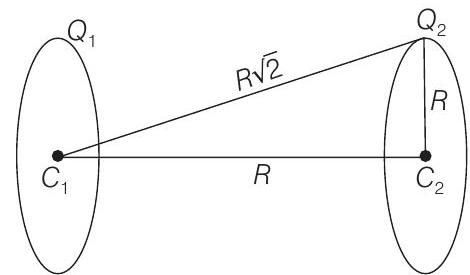Electrostatics 7 Question 15
15. Two identical thin rings, each of radius
(1992, 2M)
(a) zero
(b)
(c)
(d)
Passage Based Questions
Passage
Consider an evacuated cylindrical chamber of height

Show Answer
Solution:
Similarly







